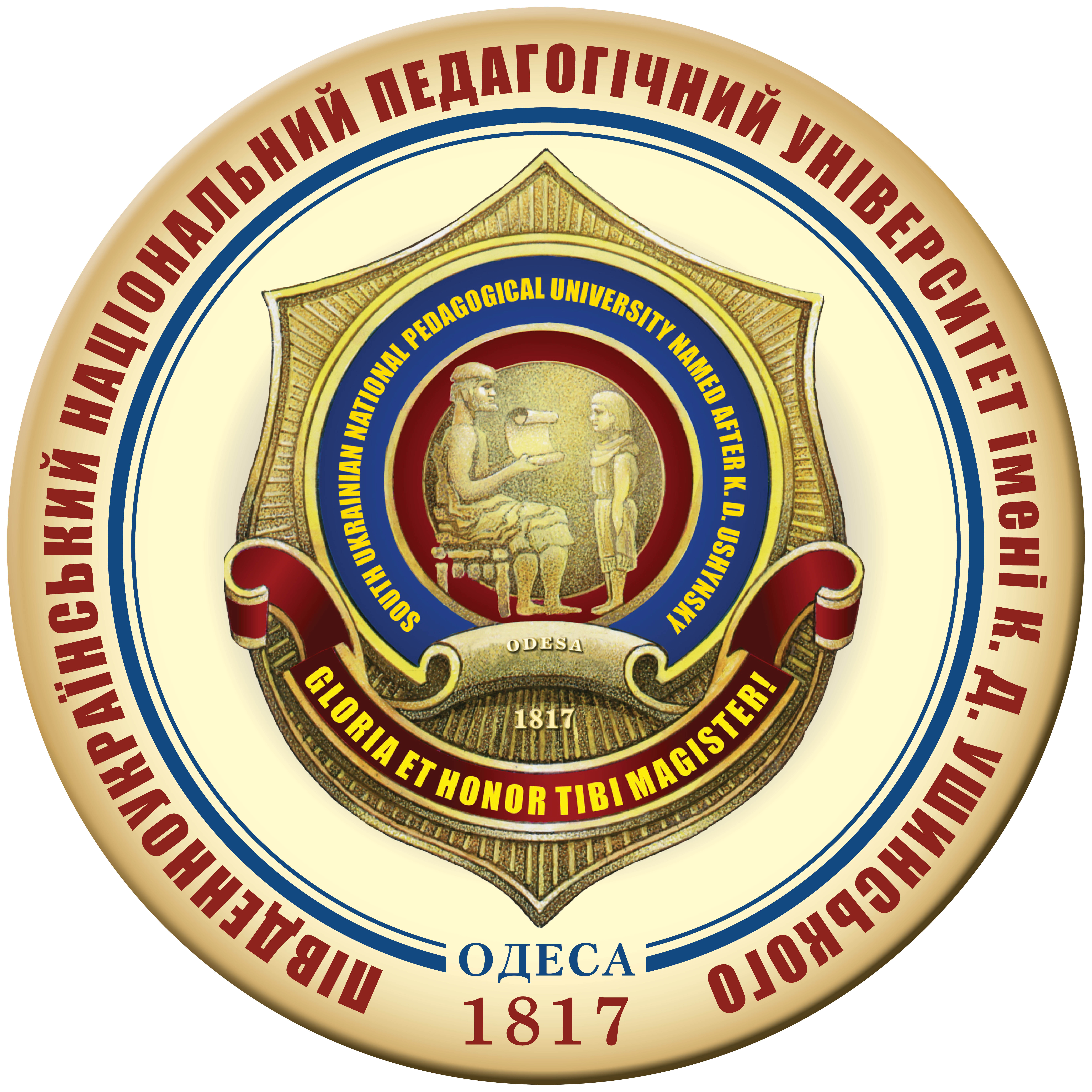SUBJECTIVE ASSESSMENT OF MUSCULOSKELETAL SYSTEM STATE, PREFERENCES, MOTIVES FOR PHYSICAL EDUCATION AND HEALTH ENHANCING ACTIVITIES OF WOMEN IN THE SECOND PERIOD OF THEIR ADULTHOOD
DOI:
https://doi.org/10.24195/olympicus/2023-3.14Keywords:
middle-aged women, health, postural disorders, subjective impressions, pain and discomfort, musculoskeletal system, motivation, health enhancing fitness.Abstract
The relevance of the issue. Throughout the centuries-old history of mankind, at various stages of society development, great attention has always been paid to the study of health problems. Representatives of various sciences and professions made attempts to uncover the secrets of health phenomenon, to determine its essence in order to learn how to skilfully manage it, to find means for its maintenance. Currently, in Ukraine, the most common diseases among middle-aged women are diseases of the cardiovascular, respiratory and nervous systems, as well as musculoskeletal system, in the treatment and prevention of which physical exercises play a significant role. The aim of the study is to determine the subjective assessment of musculoskeletal system state, preferences, motives for physical education and health enhancing activities of women aged 36–40. Research methods include analysis of literary sources, questionnaires, methods of mathematical statistics. Regarding methods of statistical processing of research data, primary statistical processing of research materials, correlation analysis, and methods of comparing independent samples were used. In the process of mathematical processing, the following statistical characteristics were calculated, namely: to describe the primary statistics, the value of arithmetic mean ( õ ), standard deviation (σ), dispersion (s^2), median (Me), mode (Mo) were calculated; for the correlation analysis of the survey results on research subjects Kendell's τ-b correlation coefficient was applied. The statistical processing of the research results was carried out using the IBM SPSS Statistics 21 software, the graphic material was designed by means of Microsoft Excel package. 16 female respondents aged 36 to 40 took part in the empirical study. Research results. It has been established that already in the first months after childbirth, almost all women felt pain or discomfort in the back, and some of them experienced it in the elbow and knee joints, in the thoracic, lumbar and cervical regions of the spine as well. It has been determined that there are certain differences between women who gave birth for one child and those who have 2 or more children. For example, women who gave birth to and raised one child were more likely to go through a normal delivery, tended to hold the child in their arms while sitting, carried the child with one hand on a walk, felt less pain in the joints and various parts of the spine, more often assessed their health status only as satisfactory. Unlike them, in women who had two or more children, childbirth was more often pathological, the duration of breastfeeding among them was longer, just as the habit of holding the baby while standing was more common. Currently, quite a lot of research subjects experience various types of postural disorders, but they consider their own health to be satisfactory, lead an active lifestyle, and strive to improve their health during health enhancing fitness classes. Conclusions. The transformation of the latest scientific ideas into a strategy for improving health of middle-aged women requires development and implementation of effective innovative technologies. Today, health fitness systems are recognized as the most popular and effective means of dealing with functional posture disorders.
References
Бібік Р.В. Корекція порушень постави жінок першого періоду зрілого віку засобами оздоровчого фітнесу : дис. … канд. наук з фіз. вих. : 24.00.02. Київ, 2013. 213 с.
Ватаманюк С. Підвищення рівня стану біогеометричного профілю постави чоловіків зрілого віку засобами оздоровчого фітнесу : дис. … доктора філ. : 017. Київ, 2023. 224 с.
Кашуба В., Попадюха Ю. Біомеханіка просторової організації тіла людини: сучасні методи та засоби діагностики і відновлення порушень : монографія. Київ : Центр учбової літератури, 2018. 768 с.
Кашуба В., Гончарова Н., Носова Н. Біомеханіка просторової організації тіла людини: теоретичні та практичні аспекти. Теорія і методика фізичного виховання і спорту. 2020. № 2. С. 67–85.
Кашуба В.О., Григус І.М., Руденко Ю.В. Стан просторової організації тіла осіб зрілого віку: виклик сьогодення. Influence of physical culture and sports on the formation of an individual healthy lifestyle : Scientific monograph. Riga, Latvia : Baltija Publishing, 2023. Р. 56–68. DOI: https://doi.org/10.30525/978-9934-26-280-7-3
Корекція тілобудови людини в процесі занять фізичними вправами: теоретичні та практичні аспекти : кол. моногр. / за наук. ред. А.І. Альошиної, І.П. Випасняка, В.О. Кашуби. Луцьк : Вежа-Друк, 2022. 536 с.
Лазько О. Фактори ризику виникнення порушень кістково-м'язової системи у жінок працездатного віку під впливом негативних чинників трудового середовища. Спортивний вісник Придніпров'я. 2021. № 2. С. 75–84.
Прилуцька Т., Альошина А., Сологуб О., Лазько О. Характеристика фізичного розвитку жінок 36–44 років, які займаються слайд-аеробікою. Молодіжний науковий вісник Східноєвропейського національного університету імені Лесі Українки. Серія «Фізичне виховання і спорт». 2018. № 3. С. 38–43.
Ткачова А.І. Диференційований підхід у заняттях оздоровчим фітнесом жінок першого періоду зрілого віку з урахуванням просторової організації тіла : дис. … доктора філ. : 017. Київ, 2020. 262 с.
Goncharova N., Kashuba V., Tkachova A., Khabinets T., Kostiuchenko O., Pymonenko M. Correction of postural disorders of mature age women in the process of aqua fitness taking into account the body type. Теорія та методика фізичного виховання. 2020. Vol. 20(3). P. 127–36. DOI: https://doi.org/10.17309/tmfv.2020.3.01
Kashuba V., Rudenko Y., Khabynets T., Nosova N. Use of correctional technologies in the process of health-recreational fitness training by men with impaired biogeometric profile of posture. Pedagogy and Psychology of Sport. 2020. Vol. 6(4). P. 45–55. elSSN 2450-6605. DOI: http://dx.doi.org/10.12775/PPS.2020.06.04.005
Kashuba V., Tomilina Y., Byshevets N., Khrypko I., Stepanenko O., Grygus I., Smoleńska O., Savliuk S. Impact of Pilates on the Intensity of Pain in the Spine of Women of the First Mature age. Teorìâ Ta Metodika Fìzičnogo Vihovannâ. 2020. Vol. 20(1). P. 12–17. https://doi.org/10.17309/ tmfv.2020.1.02
Kashuba V., Khmelnitska I., Andrieieva O. et al. Biogeometric Profile of the Posture as a Factor of Men's Functional Assessment of Movements in the Early Middle Age. Sport Mont. 2021. Vol. 19(2). P. 35–39. DOI: 10.26773/smj.210907
Lazko O., Byshevets N., Kashuba V., Lazakovych Yu., Grygus I., Andreieva N., Skalski D. Prerequisites for the Development of Preventive Measures Against Office Syndrome Among Women of Working Age. Teorìâ ta Metodika Fìzičnogo Vihovannâ. 2021. Vol. 21(3). P. 227–234. https://doi.org/10.17309/tmfv.2021.3.06. ISSN 1993-7989 (print). ISSN 1993-7997 (online). ISSN-L 1993-7989
Lazko O., Byshevets N., Plyeshakova O., Lazakovych Yu., Kashuba V., Grygus I., Volchinskiy A., Smal J., Yarmolinsky L. Determinants of office syndrome among women of working age. Journal of Physical Education and Sport. Vol. 21(5). P. 2827–2834. DOI: 10.7752/jpes. 2021.s5376
Tkachova A., Dutchak M., Kashuba V., Goncharova N., Lytvynenko Y., Vako I., Kolos S., Lopatskyi S. Practical implementation of differentiated approach to developing water aerobics classes for early adulthood women with different types of body build. Journal of Physical Education and Sport. 2020. Vol. 20(1). P. 456–460. DOI: 10.7752/jpes. 2020.s1067








